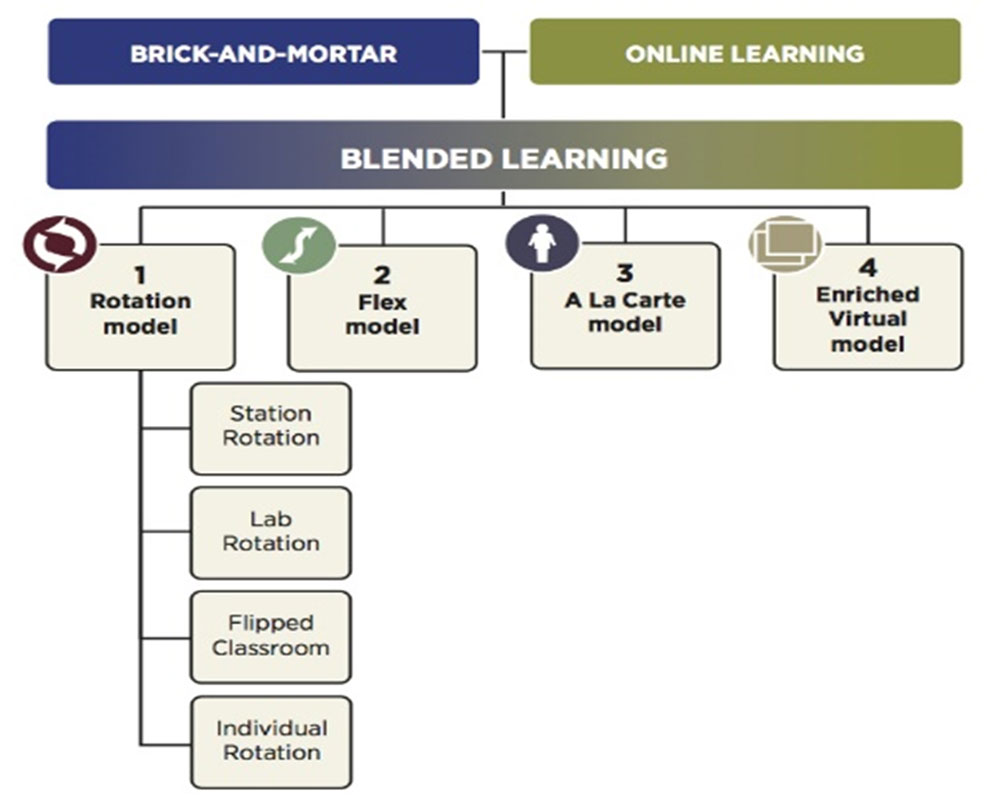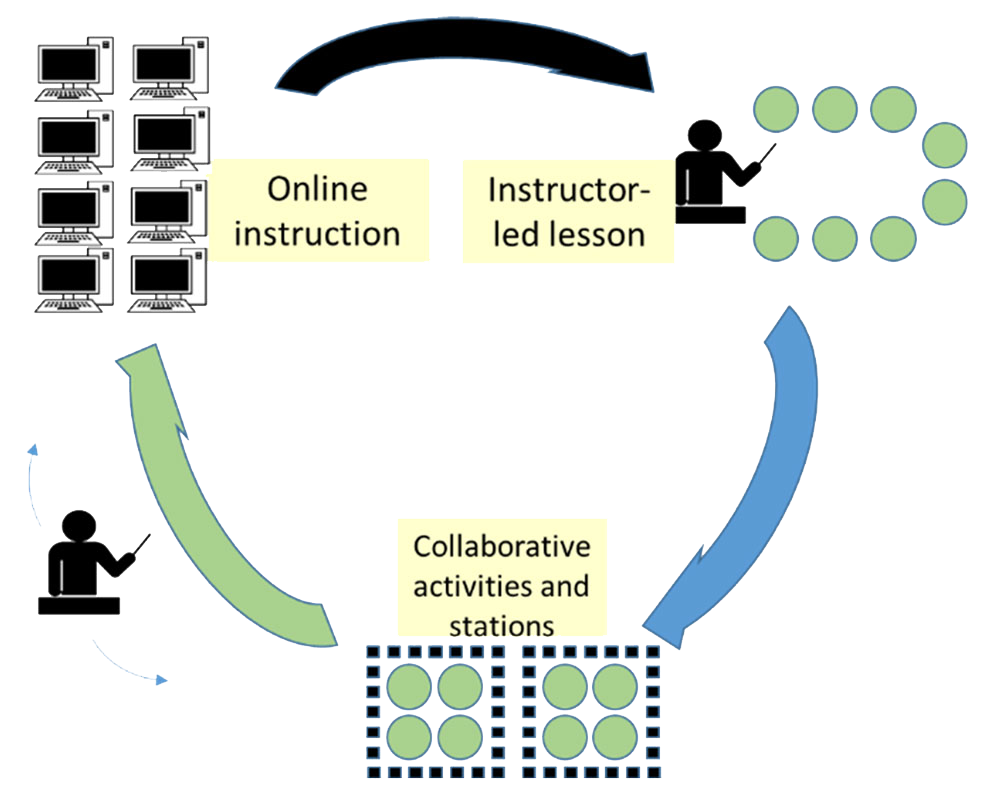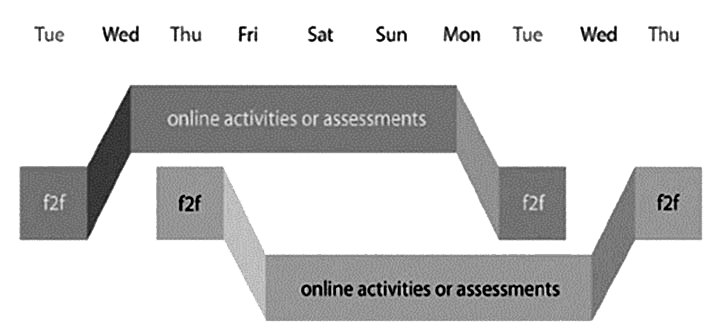The connection between the integration of data analytics in vehicle support and the adoption of blended learning in military training is pivotal to military readiness – representing two facets of a modernised approach in the military land sector.
Both initiatives are rooted in the principle of leveraging advanced technology to optimise performance and efficiency.
On one hand, data analytics in vehicle support focuses on enhancing operational effectiveness and sustainability through prognostics, diagnostics and health management. This ensures that military vehicles are not only ready for deployment, but also maintain peak performance during operations.
On the other hand, blended learning in military training embodies the same principle of optimisation, yet applies it to human capital. It combines traditional and digital learning methods to create a more engaging, flexible and effective training environment for military personnel.
Together, these approaches signify a comprehensive modernisation strategy; while data analytics ensure that military hardware is maintained at its best, blended learning guarantees that the personnel operating these machines are well trained and adaptable to evolving technological landscapes. This holistic modernisation is crucial for maintaining a robust and agile military force in an increasingly complex and technology-driven world.
Revamping Military Capability with Data-Driven Strategies
The crux of maintaining a formidable military capability lies in its operational effectiveness, strategic availability and tactical sustainability. In the land sector, this translates to delivering military vehicles which are ready for battle, capable in combat and will withstand whatever it is confronted with throughout operational periods.
Traditionally, the focus has been on equipment performance, often overlooking the availability and sustainability of the fleet, resulting in compromised capabilities and high ownership costs. Addressing this for legacy equipment remains challenging, but modern data analytics offer a solution to mitigate equipment degradation and failure.
The Triad of Data Analytics for Military Support
The three key components for supportability advantage through data analytics are the following:
- Prognostics: Pre-emptive failure detection and mitigation
- Diagnostics: Rapid and precise failure identification to restore capability
- Health Management: Insight into equipment performance to align with mission objectives or undertake restorative actions
By integrating maintenance and logistic data across the support spectrum into a unified data fabric, advanced analytics, including machine learning, artificial intelligence and digital twins can be fully deployed. This approach supports various tools – from commercial logistics software to custom analytics tailored for specific military platforms. However, the challenge lies in the quality, volume and coherence of legacy data, which is often sparse and not structured for modern data mining.
There is much discussion about ‘big data’, but in reality, legacy logistic data is fairly sparse and has not been architected for modern data mining techniques. The use of open text fields, incoherent data fields and low-volume data sets presents us with unique challenges in delivering supportability insights. Data science capabilities have significantly evolved over the past 10 years, which has only served to shine a light on the myriad of data issues that need to be resolved before we can fully exploit these emerging data technologies. The path forward includes developing digital twins and analytical models on legacy platforms. This strategy not only enhances the supportability and affordability of these platforms, but also guides new military programmes in data and tool requirements for optimised in-service phases.
The goal is to use advanced data science to enhance supportability advantage and ensure equipment is readily available, capable and sustainable.
Innovating Military Training with Blended Learning
Blended learning emerges as the optimal solution in military training due to its adaptability and alignment with contemporary learning paradigms. In today's fast-evolving technological landscape, military personnel must be adept at both traditional combat skills and modern digital competencies. Blended learning addresses this need by integrating traditional instructor-led training with cutting-edge digital methodologies. This fusion creates a dynamic and versatile learning environment that caters to diverse learning styles and technological proficiencies. It allows for a more personalised training experience, offering soldiers the flexibility to engage with training materials at their own pace and in varied formats.
The approach shown in Figure 1 integrates various models of blended learning that help deliver engaging and effective training, and perhaps most importantly, manage the expectations of today’s trainees.

Figure 1: The Christensen Institute 4 distinct models of blended learning
The Rotation Model: A Game-Changer in Military Training
The Rotation Model (Figure 2) stands out as an efficient method for transitioning to advanced training delivery. It relies on a Learning Management System (LMS) with online functionalities, like Moodle or Workday, enabling the reuse of training materials and integration of various remote technologies. This student-centric methodology includes webinars, small study groups, online discussions and access to diverse online resources, significantly enhancing the training experience.

Figure 2: The Rotation Model
Training design can take advantage of activities including student blogs, vlogs, access to online resources and videos, in addition to reusing training material. An LMS will support pre-course online delivery, which has numerous benefits for students – from getting them all to the same starting point or helping familiarise them with what to expect so they arrive prepared and feel ready to go from day one.
Balancing Digital and Traditional Training Methods
While advocating for digital methods, the value of instructor-led lessons is also recognised. Technologies such as Panopto are used to record and add these lessons to the LMS, allowing students to revisit training and improve their performance. Collaborative activities have many benefits; they allow for student-centric activity, where the instructor can have a monitoring role, or as a concurrent activity. Where there are students who require more guidance, the instructor can provide more one-to-one time for that individual, or, when used as concurrent activity, it ensures that the activity (e.g. a debate, watching a video, utilising AR) is making best use of the available time.
Implementing Blended Learning: A Strategic Approach
Blended learning not only improves training efficacy, but also introduces operational efficiencies, such as running multiple courses concurrently, as illustrated in Figure 3. This approach is set to revolutionise military training, aligning it with contemporary needs and technological advancements.

Figure 3: Two blended courses maximising a single classroom
To successfully implement blended learning, the following steps are pivotal:
- Working with the authority to identify and implement a suitable LMS
- Identifying a course(s) for redesign using a blended learning model
- Developing instructors’ facilitation skills to deliver blended course(s) through our bespoke training programme
- Supporting the rewrite and design of a course and optimising Technology Enhanced Learning (TEL)
- Piloting and validating the course(s)
- Developing resources to ensure student-centric learning supports students who need more direct engagement, whilst also enabling the more gifted students to progress faster
- Utilising Leonardo’s research into learning technologies and pedagogical knowledge to advise and guide
Conclusion
The integration of enhanced data analytics in military vehicle support, combined with the strategic adoption of blended learning in training, signifies a transformative leap in modernising both land and air military capabilities. This approach is not just an upgrade; it’s a complete redefinition of military readiness and effectiveness.
Advanced data analytics in vehicle support transcends traditional maintenance, enabling real-time insights and operational adaptability. This technology ensures vehicles are battle-ready, reliable and cost-efficient, drastically reducing downtime and extending equipment lifespan. The adoption of machine learning and AI translates into heightened preparedness, with systems that can anticipate and avert potential failures.
Blended learning in military training complements this technological prowess. Tailored to the digital-savvy modern soldier, it combines interactive digital tools with traditional methods, making learning more engaging and relevant. This approach equips soldiers with advanced problem-solving skills, essential for navigating today's data-intensive combat environments.
The synergy of technologically superior equipment and well-trained personnel creates a formidable force. Soldiers adept in using advanced technology are better prepared for the complexities of modern warfare. This forward-thinking strategy ensures that our military forces are not just well-equipped, but also expertly trained, ready to tackle the challenges of today and tomorrow with unmatched proficiency and agility.

